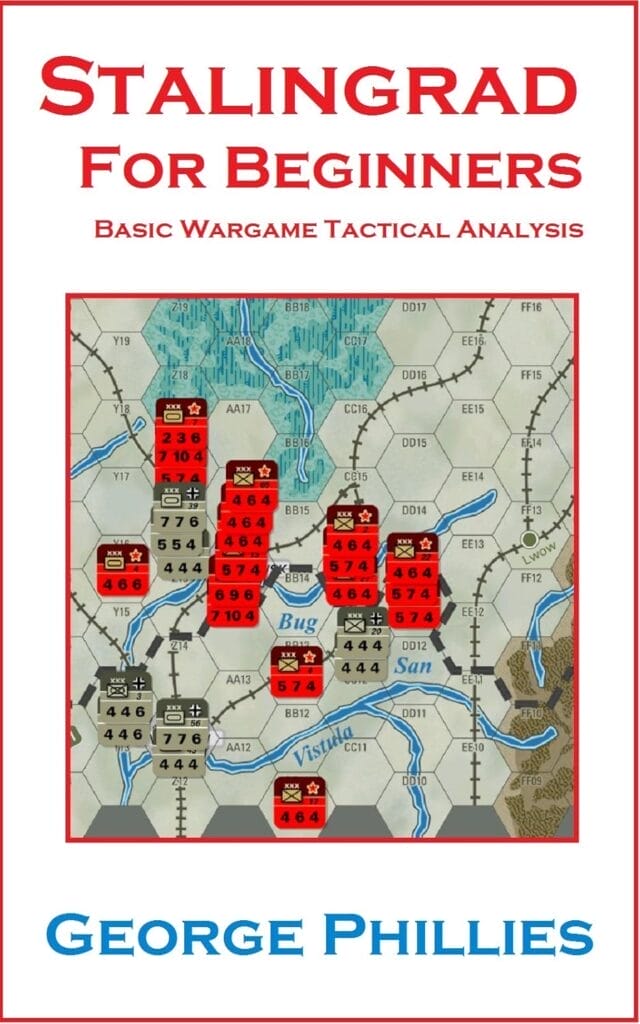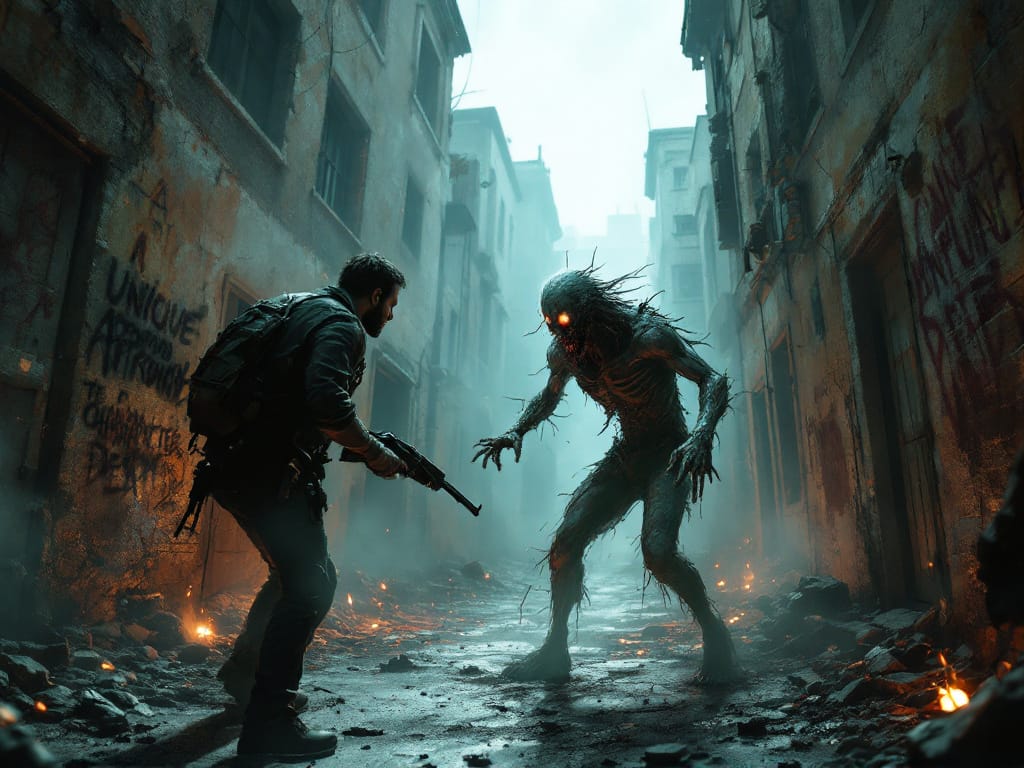Stalingrad for Beginners (Studies in Game Design Book 3): An In-Depth Summary and Review
Stalingrad for Beginners by George D. J. Phillies is a detailed examination of the classic 1963 board wargame Stalingrad from Avalon Hill. Known as one of the most deeply analyzed board wargames in history, this book serves as both an introduction for new players and a strategic guide for seasoned veterans looking to refine their skills. This article provides a comprehensive summary of the book’s content, key themes, and an analysis of customer reviews to offer an average rating.

About the Book
Overview
Stalingrad for Beginners is part of the Studies in Game Design series (Book 3), written by George Phillies, a recognized authority and grand master in playing Stalingrad. The book focuses on:
- Teaching the fundamentals of play.
- Introducing basic strategic concepts.
- Emphasizing transparent game design where players fully understand the rules.
Author Background
George Phillies is a retired physics professor turned full-time writer with extensive experience in game design and strategy. He is noted for his deep analytical approach to wargaming and has authored numerous scientific papers and books on both physics and game design.
What the Book Covers
Core Themes
1. Fundamentals of Play
The book starts by breaking down the basic mechanics of Stalingrad, making it accessible to beginners who may be intimidated by complex war games.
2. Strategic Concepts
It provides strategic insights that are useful not just for beginners but also for players with some experience who want to deepen their understanding of tactical play.
3. Transparent Game Design
Phillies advocates for games where the rules are fully known, contrasting this with many modern computer games where rule opacity can cause player frustration.
Detailed Content Breakdown
- Game Rules Explained: Step-by-step walkthroughs of the Stalingrad rules.
- Tactical Analysis: Examples and scenarios that highlight important tactical decisions.
- Strategy Development: How to think several moves ahead and anticipate opponent actions.
- Game Design Philosophy: Discussion on why transparent rules enhance player engagement and satisfaction.
- Historical Context: Insights into Stalingrad as a historically themed game and its place in wargaming history.
Key Takeaways
- Stalingrad is a classic game that rewards deep understanding of tactics and strategy.
- Beginners can learn effectively through clear explanations and practical examples.
- Transparent game design is critical for player enjoyment and skill development.
- Understanding the full ruleset allows players to engage in meaningful analysis rather than guesswork.
- The book is as much a tool for game designers as it is for players, highlighting design virtues.
Stalingrad for Beginners (Studies in Game Design Book 3) Customer Reviews Summary
Ratings Overview
- Overall rating: 4.5 out of 5 stars
- Based on 10 global ratings
- No ratings below 3 stars were recorded, indicating strong approval.
Key Points from Reviews
- Positive Feedback:
- Praised for being very informative and engaging.
- Recognized as an excellent resource for understanding one of the greatest board wargames.
- Appreciated by both beginners and experienced players.
- The depth of tactical analysis is highly valued.
- Notable Quotes:
- “A wonderful book that explores one of the greatest board games ever; I can’t put it down.”
- “Great stuff,” emphasizing the quality and usefulness of the content.
Areas Lacking Feedback or Criticism
- No explicit negative reviews or criticisms were evident on the page.
- The limited number of reviews (10) means broader consensus data is unavailable.
Calculated Average Score (0 to 10 Scale)
Given the 4.5 out of 5 stars rating:Average Score=4.55×10=9.0\text{Average Score} = \frac{4.5}{5} \times 10 = 9.0
Average score: 9.0/10
This indicates very high satisfaction among reviewers.
Stalingrad for Beginners (Studies in Game Design Book 3) Detailed Review Analysis
Strengths
- Comprehensive Coverage: The book thoroughly covers both basic and advanced concepts.
- Authoritative Voice: Phillies’ expertise shines through, lending credibility.
- Accessibility: Suitable for newcomers without sacrificing depth for advanced readers.
- Design Insights: Valuable lessons for game designers focusing on clarity and player engagement.
Potential Weaknesses
- The niche focus on one specific board game may limit appeal.
- Some may find the analytical style dense if they prefer casual reading.
Who Should Read This Book?
- Beginners interested in learning Stalingrad or board wargaming in general.
- Experienced Players seeking to improve their strategic understanding.
- Game Designers wanting to study transparent rule design and tactical depth.
- Historians or War Game Enthusiasts intrigued by one of the most analyzed games in the genre.
Summary Table: Pros & Cons
| Pros | Cons |
|---|---|
| Clear explanations ideal for beginners | Focused on one specific board game |
| Deep tactical and strategic insights | Analytical style may be dense for some readers |
| Written by an acknowledged expert | Limited number of user reviews |
| Highlights importance of transparent rules |
Conclusion Stalingrad for Beginners (Studies in Game Design Book 3)
Stalingrad for Beginners is a highly recommended resource that balances introductory material with deep strategy analysis. George Phillies successfully demystifies a complex game while also advocating for clearer game design principles. With a strong average review score of 9/10, it stands as an authoritative guide for anyone interested in Stalingrad, wargaming, or game design theory.
If you are passionate about strategy games or interested in how transparent rules can enhance player experience, this book is an essential addition to your collection.
[ad_1]
[ad_2]



















